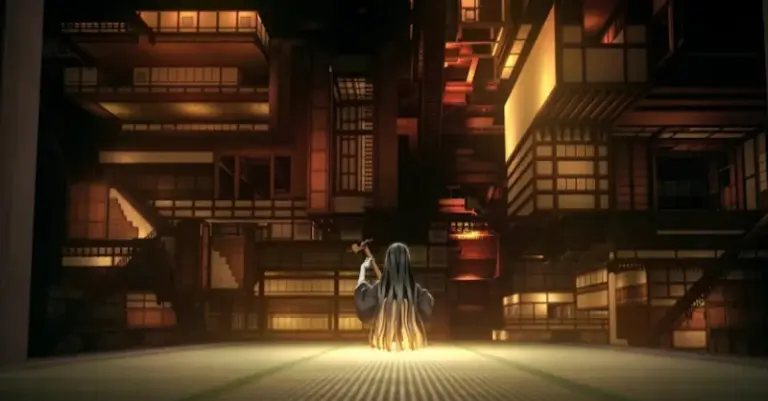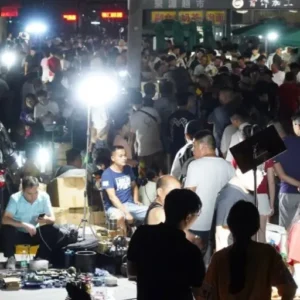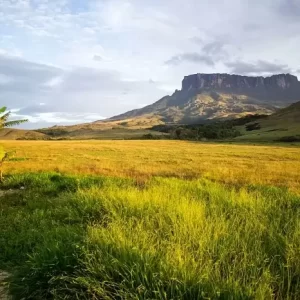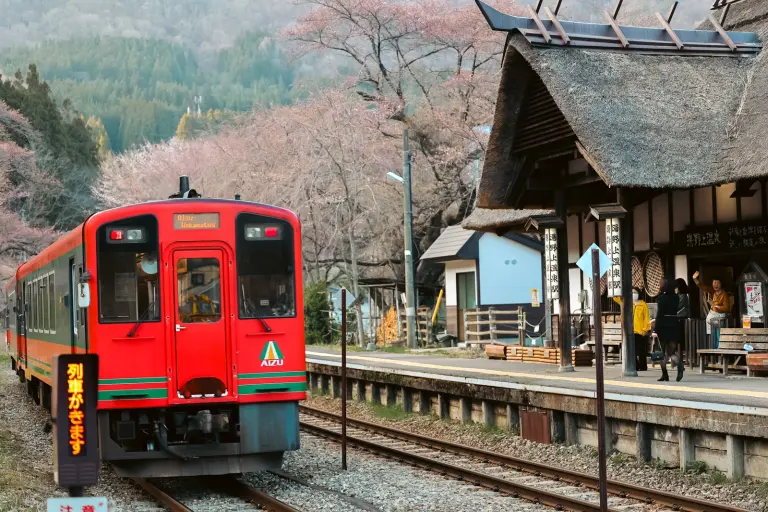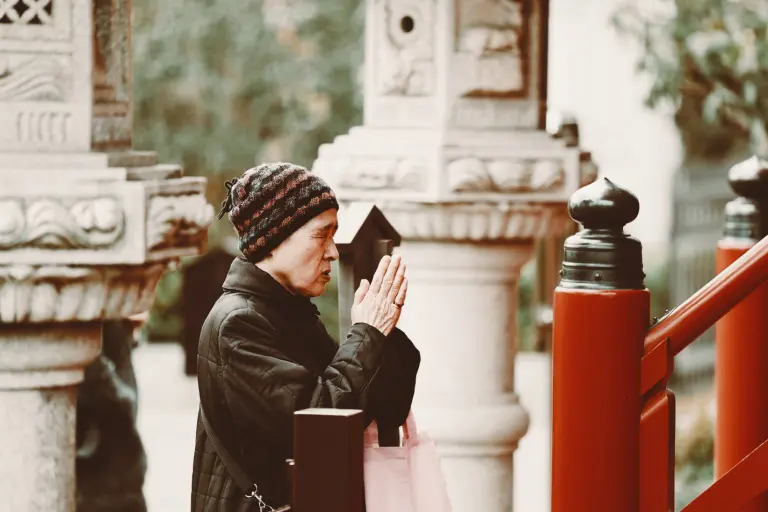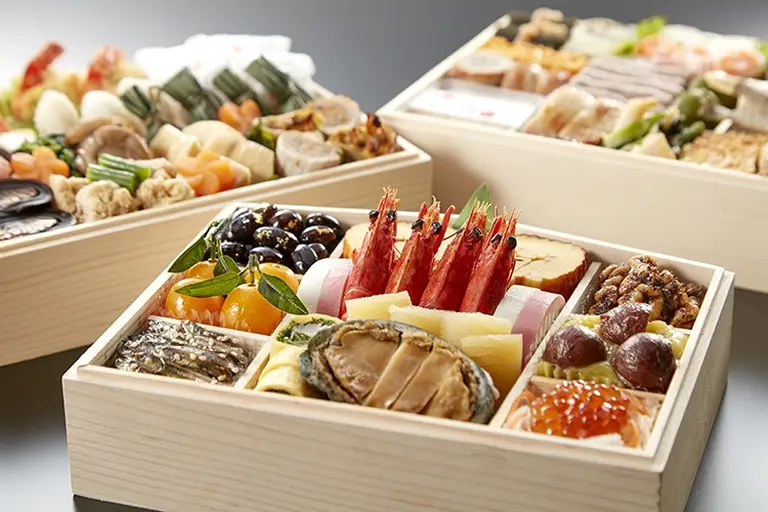Even in the heart of bustling, modern-day Seoul, there’s a peaceful corner where time seems to slow down. Nestled amid skyscrapers and trendy streets lies Bukchon Hanok Village—a charming enclave in the north of Seoul that offers visitors a rare glimpse into Korea’s rich cultural heritage and serene past.
A Tranquil Escape in the City
Bukchon Hanok Village is not just a tourist destination—it’s a living museum. With its narrow alleyways, gently sloping streets, and hundreds of well-preserved hanok (traditional Korean houses), this village feels like stepping back in time. Many of these homes date back to the Joseon Dynasty, once inhabited by scholars, noble families, and high-ranking officials. Today, about 900 hanok remain, standing proudly as a symbol of Korea’s deep-rooted history.
Visitors can take a peaceful stroll through this historic neighborhood, discovering hidden courtyards, small art galleries, and artisan shops tucked away in corners. Although some houses are still privately owned, most now serve as cultural centers, guesthouses, or museums, preserving the spirit of old Seoul.
Nearby attractions like Gyeongbokgung Palace, Changdeokgung Palace, and Jongmyo Shrine are also within walking distance, making Bukchon an ideal starting point for a cultural day tour in Seoul.
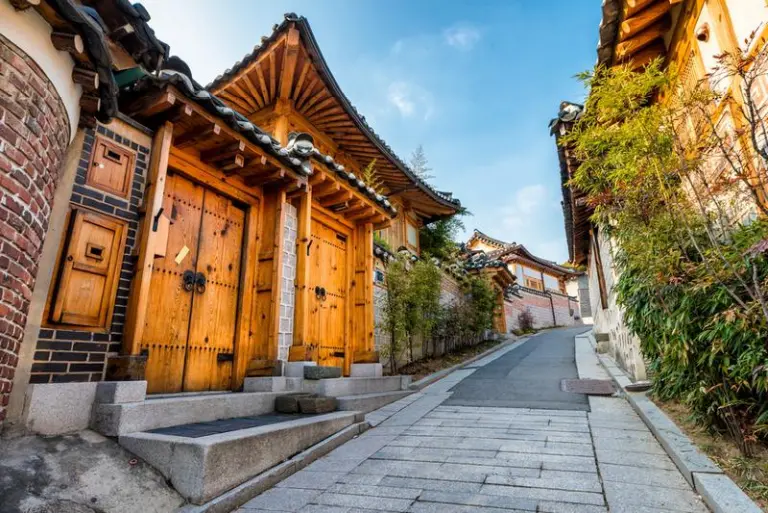
>> Fan Death: South Korea’s most mysterious modern myth
Dress the Part – Rent a Hanbok and Blend In
To fully immerse yourself in the experience, rent a traditional hanbok for just ₩4,000 (approx. $3 USD). Dressed in vibrant, flowing garments, you’ll feel like a character from a historical drama as you explore the village. Many rental shops even offer hair styling services for an authentic look.
Locals and tourists alike love taking photos in hanbok against the backdrop of wooden rooftops and stone walls. It’s a fun and affordable way to connect with Korean heritage.
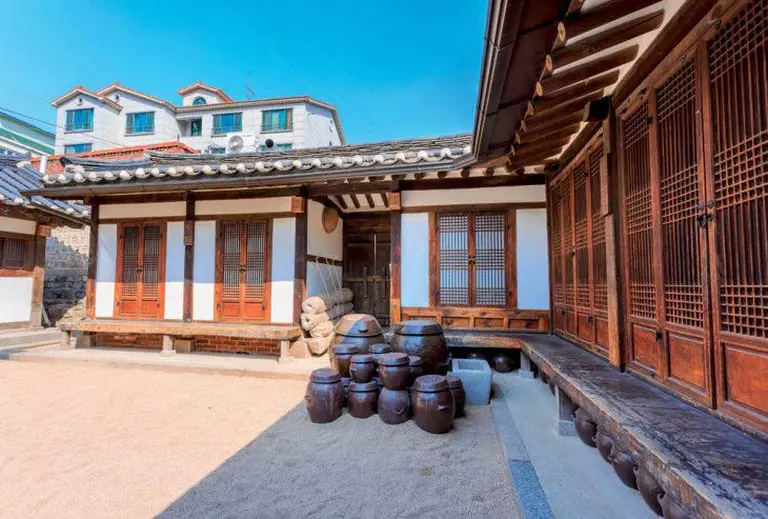
Step Inside Baek In-je House Museum
For a deeper understanding of hanok architecture and the lives of Korea’s upper class, head to the Baek In-je House Museum located at the entrance of Bukchon. This beautifully preserved residence showcases unique features that distinguish it from other homes of the era.
Originally displayed at the 1907 Gyeongseong Expo, this historic house features connected male and female quarters—unlike most hanok, where these areas were strictly divided. A covered Japanese-style corridor links the two spaces, allowing easy movement without stepping outside.
Inside, you’ll find traditional elements like tatami-matted rooms, glass-pane windows, and red brickwork that reflect both Korean and Japanese architectural influences. Visitors can walk through the reading room, tea room, kitchen, fermentation space (used for making kimchi and soy paste), and even a private art studio. Guided tours are available for those interested in learning the personal stories of the noble families who once lived here.
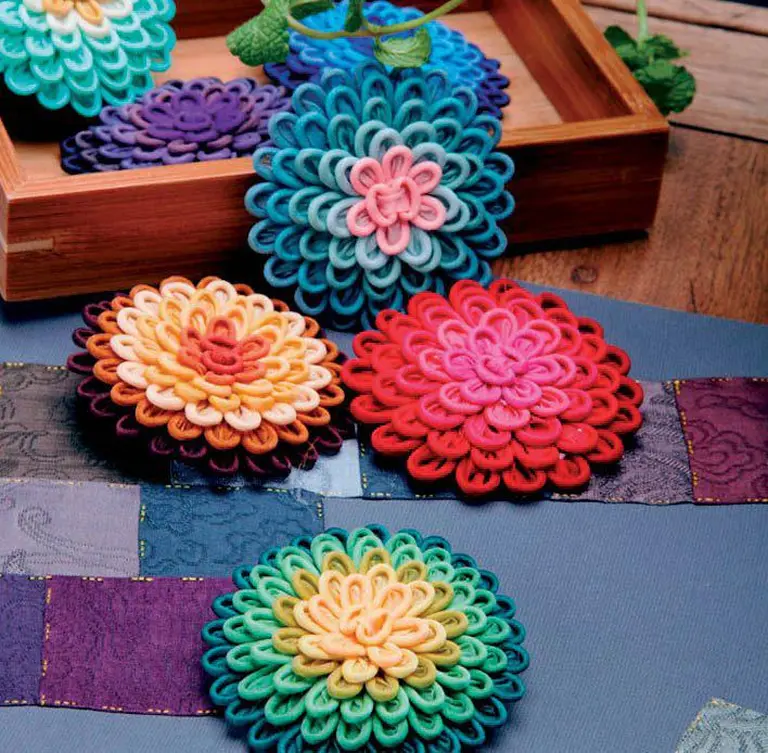
>> 10 surprisingly common things in Korea that might astonish the rest of the world
Try Traditional Korean Handicrafts
Bukchon isn’t just a place to observe—it’s a place to engage. Several cultural centers and artisan shops offer hands-on workshops where you can make your own souvenirs.
Whether it’s crafting bracelets, keychains, or decorative phone charms, you’ll learn how to work with traditional materials and patterns. The steps are simple to follow, and your finished product will be a special keepsake of your time in Korea.
If you prefer a relaxing activity, pop into a local café that offers DIY candle-making sessions. Sip on freshly brewed coffee while creating your own aromatic candle in your favorite scent—lavender, citrus, pine, or even Korean-inspired blends like mugwort and rice wine.
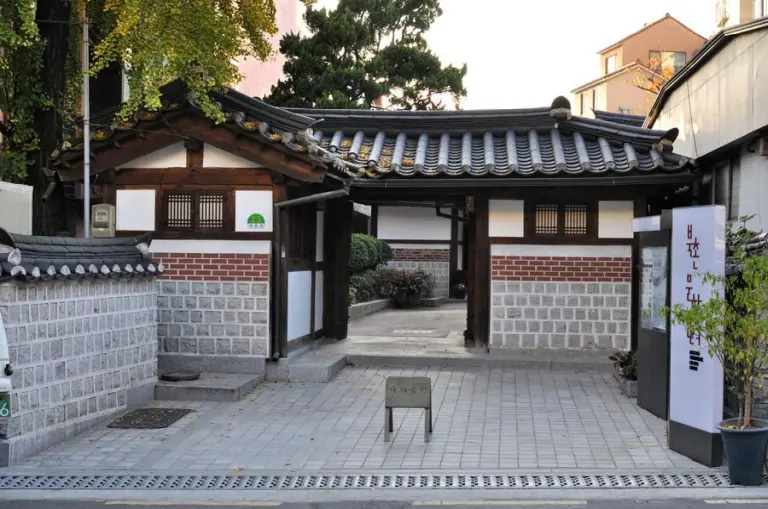
Taste Authentic Korean Street Food
No visit to Bukchon is complete without sampling the local flavors. Just wandering through the village alleys, you’ll find food stalls and cozy eateries offering iconic Korean street snacks.
- Tteokbokki (spicy rice cakes): Chewy, fiery, and satisfying.
- Odeng (fish cake skewers): Served in warm broth—perfect on a chilly day.
- Dak-kkochi (grilled chicken skewers): Sweet, savory, and smoky.
- Twist ice cream in a pastry cone: A local favorite combining crispy baked dough and creamy frozen yogurt.
You can enjoy your snacks while sitting on a stone bench along the village sidewalk, watching the sun dip behind tiled rooftops. It’s the perfect ending to a magical afternoon of cultural discovery.
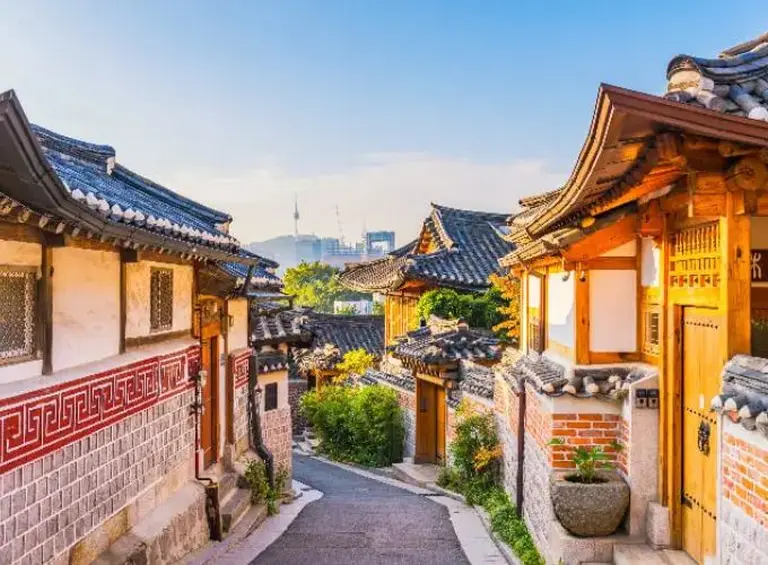
>> Where to embrace Korea’s stunning autumn foliage
FAQ
What is Bukchon Hanok Village?
Bukchon Hanok Village is a historic residential area in central Seoul, home to hundreds of traditional Korean hanok houses. Unlike themed tourist villages, this is a real neighborhood where people still live, blending cultural preservation with everyday life.
The name “Bukchon” means “northern village,” as it lies north of Seoul’s two historic landmarks—Gyeongbokgung Palace and Changdeokgung Palace.
What is a hanok?
A hanok is a traditional Korean house, built during the Joseon Dynasty. These homes are known for:
- Curved tiled roofs
- Wooden beams and stone foundations
- Ondol (underfloor heating)
- Courtyards and natural ventilation
They are designed to harmonize with nature and the Korean seasons.
What makes Bukchon Hanok Village special?
What sets Bukchon apart is that it’s not a museum—it’s a living village. You can:
- Walk along peaceful stone alleys with preserved hanok architecture
- Visit cultural centers, art galleries, and craft workshops inside old hanoks
- Enjoy panoramic views of traditional rooftops with Seoul’s skyline in the background
- Experience a balance between old and new Korea
It’s also a favorite spot for photo shoots and Korean drama fans, as many scenes are filmed here.
Can you go inside the hanok houses?
Some hanoks are private homes, but others are open to the public as:
- Cultural museums
- Hanok guesthouses
- Tea houses
- Craft studios (like embroidery, calligraphy, or hanji paper-making)
Many of these offer hands-on experiences or quiet moments to relax in a traditional space.
Is it free to visit Bukchon?
Yes, admission is free, and the village is open to walk around at any time. However, specific workshops, exhibitions, or cultural programs may charge a fee.
How do you get to Bukchon Hanok Village?
From Anguk Station (Line 3), take Exit 2 and walk about 5–10 minutes. You’ll enter the heart of Bukchon from the main tourist route, where you’ll find maps, signs, and volunteers ready to help.
When is the best time to visit?
Each season offers a different charm:
- Spring & Autumn: Pleasant weather, colorful foliage, and great lighting for photography
- Summer: Green courtyards, though it may be hot and humid
- Winter: Snow-covered rooftops create a serene, old-Korean village feel
Early mornings and weekdays are best if you want to avoid crowds.
Are there any etiquette rules?
Yes, since people actually live in the village, visitors are asked to:
- Keep noise levels low
- Avoid taking intrusive photos of residents
- Don’t enter private property
- Respect posted signs and restricted areas
It’s about appreciating the culture without disturbing the peace.
Can you wear hanbok (traditional Korean clothing) while visiting?
Absolutely! There are many rental shops nearby where you can try on hanbok. Wearing one makes for beautiful photos and enhances the traditional experience. Some shops even offer hairstyling and accessories.
Plus, if you visit nearby palaces in hanbok, admission is often free!
Is Bukchon suitable for families or kids?
Yes, the village is family-friendly, with educational experiences, quiet alleyways, and minimal traffic. Kids can enjoy learning about Korean culture, and there are spots to grab snacks or rest.
What else is nearby?
Bukchon is surrounded by other must-see attractions:
- Gyeongbokgung Palace
- Changdeokgung Palace
- Insadong (traditional art & shopping street)
- Samcheong-dong (boutique cafes and galleries)
You can easily make a full-day cultural itinerary around the area.
>> Women flock to Korea’s quirky “Penis Park” for bold check-ins
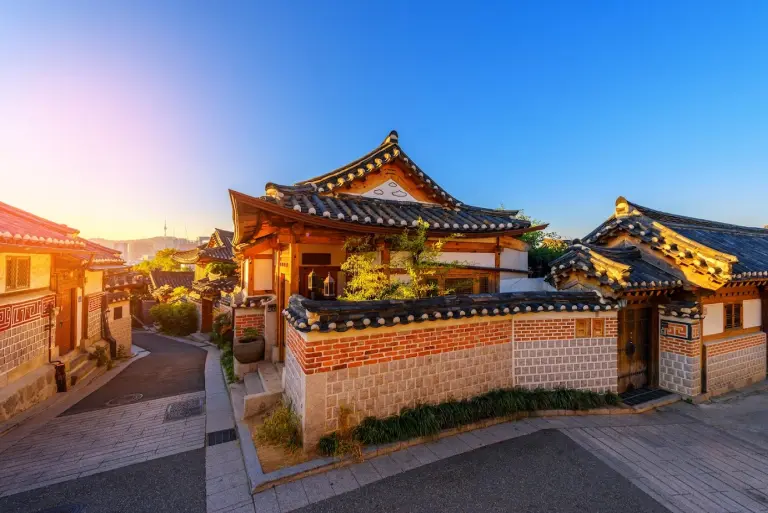
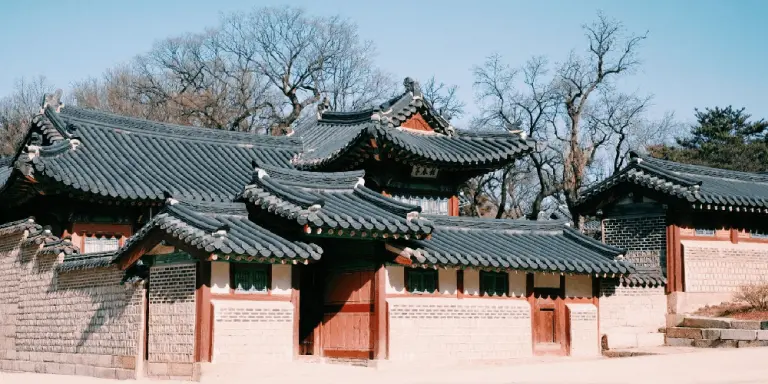
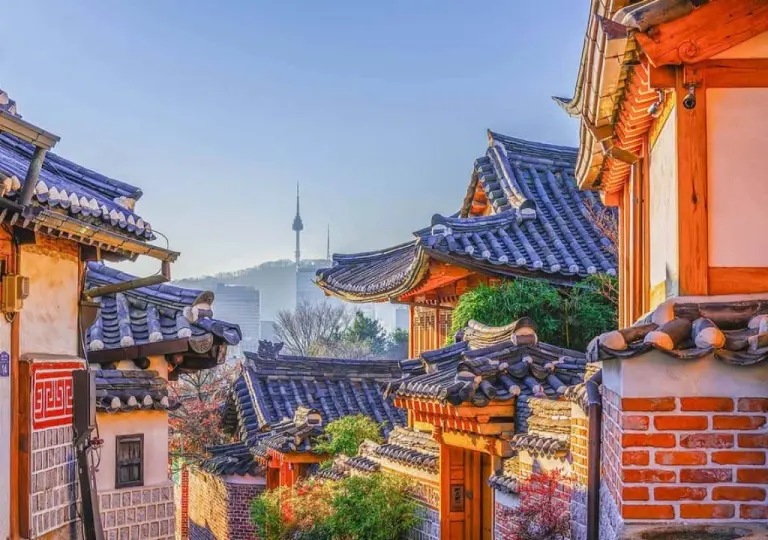
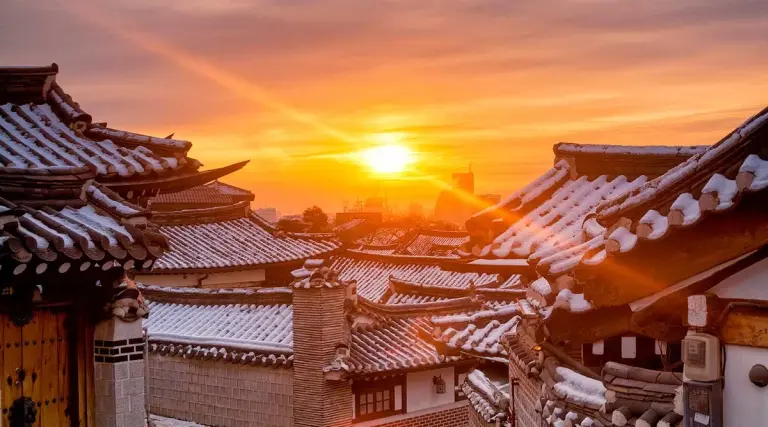
Whether you’re a culture enthusiast, architecture lover, or just someone seeking a slower pace in the heart of the city, Bukchon Hanok Village offers something unforgettable. It’s a place where old-world charm meets the vibrancy of Seoul, making it a must-visit destination on any Korea itinerary.
Tip: Visit early in the morning or late afternoon to avoid crowds and capture the best light for photos.
>> Masuleh: A Unique Iranian Village Where Roofs Serve as Pathways
Want more travel inspiration like this? Follow our blog to explore Korea’s hidden gems, cultural treasures, and seasonal wonders all year round!

